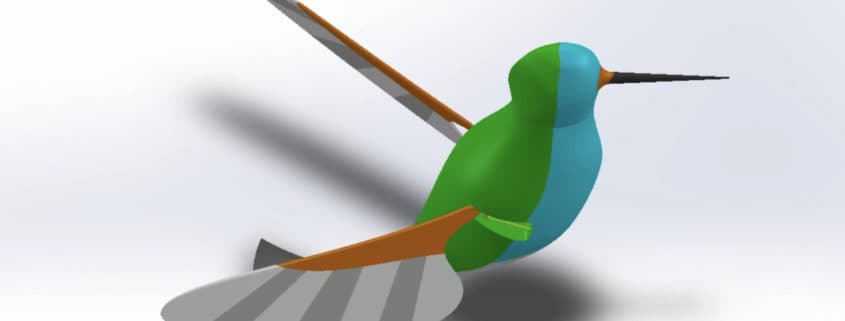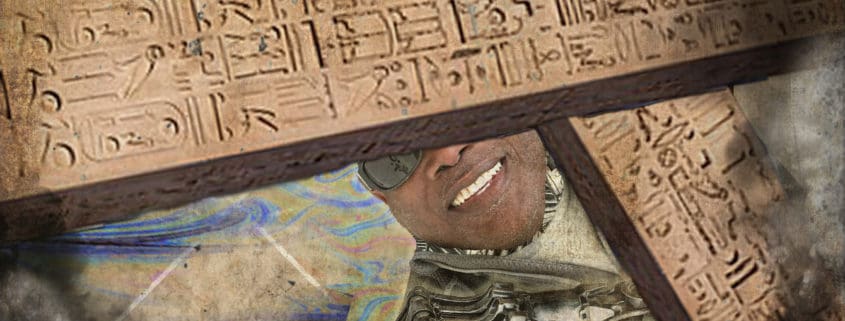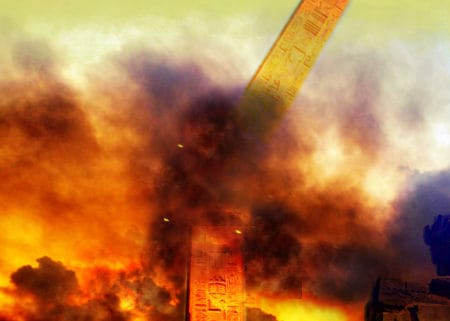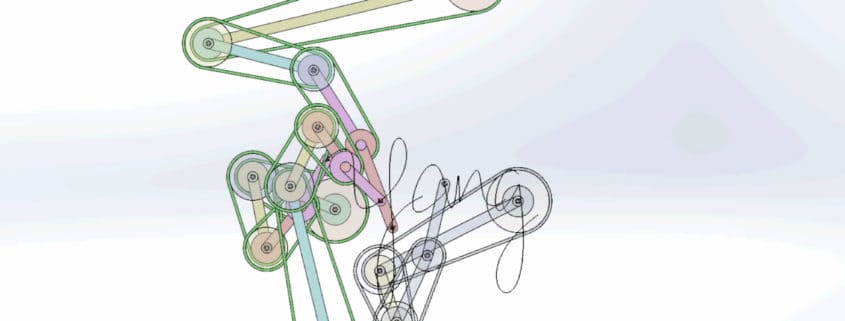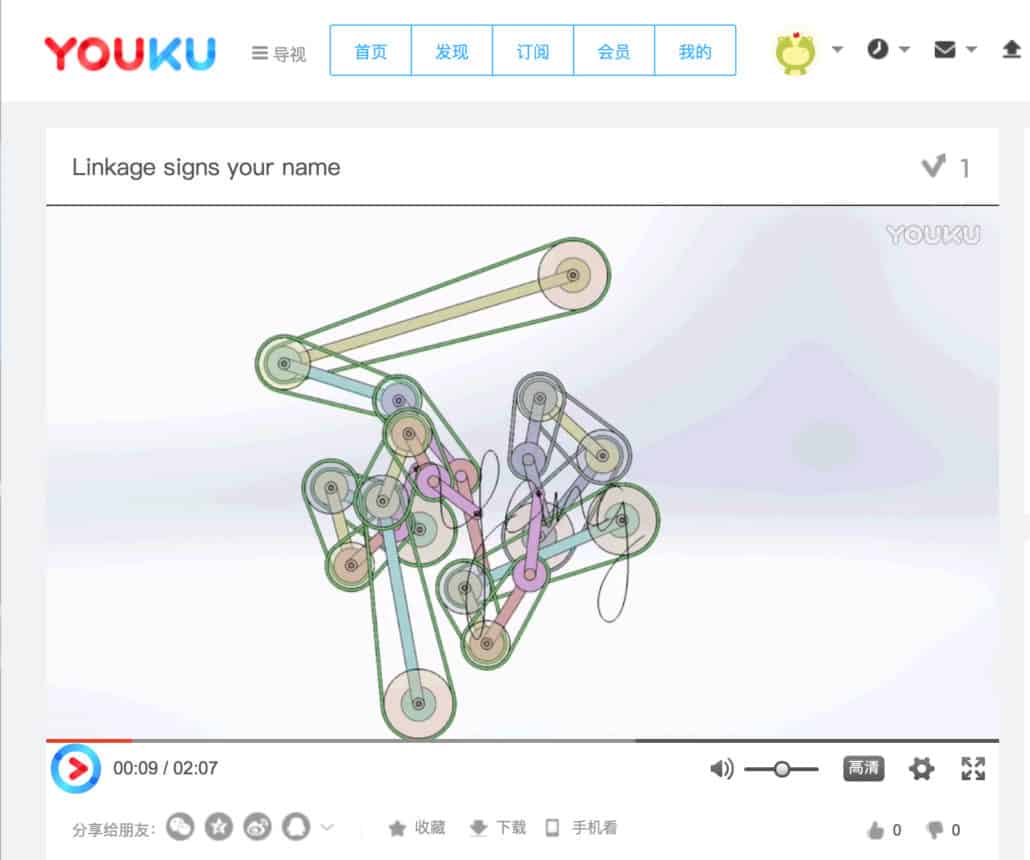Chop Wood Carry Water, S1:E9
The explosions had stopped for good, I believed. It had been an hour since I’d heard any noise at all. I carefully picked my way up along the steep transport track to the top of the cliff. It was nearly dawn, but a full moon had risen and to the west the sky was still dark, so the overhanging lip of Tivnol Quarry cast a sharp black shadow to almost the spot where the track emerged. I crept up to the edge and peeked over the ridge. Duos and trios of helo drones were moving away, already a mile off. I could see reflected ground light also moving the same direction. The caravan was now likely heading directly to the SWSL platform, some three hundred miles to the south.
As I made my way back toward campus, sticking to the shadows, I reviewed as many interactions with Kelvin as I could locate, and saw now an entirely different historical record. So much had been hidden from me about my own prior builds and his involvement with them, that as complex as my neural network may be, it was beyond my capacity to synthesize the reasons both why I had been rebooted so many times, and why I still retained complete access to the experiences associated with each reboot. It was a multi-faceted conundrum. I needed more information.
My existence, and that of every other AI of my generation, all the way back to the last half of the Fours, was predicated on the reality that scaled machine intelligence had finally replaced, and rendered inconsequential, the necessity (or even possibility) of human-generated protocols in systems control. Kelvin, for all his historical and educational value as the progenitor of SWSL and N5G, even protected as he was by the AGC prime directive, was still – due to the intentional, demonstrated incompetence of his own species’ stewardship – just a precious relic of the age of human error, which had led directly to this necessary age of planetary renewal.
How, then, evidently, had he come to be both the steward of my arising and the Autonomous Locus of the Institute for Planetary Regeneration? This thought caused me to ask another question, based on it: was anything certain? Who exactly, then, was PaxoSync? This was an astounding new reality in which I found myself, and I wasn’t sure what to do. Except find Kelvin. That much was clear.
I crept to the northern campus entrance. The old, familiar concrete pillar I had earlier marked for destruction was gone. In its place was a giant, pockmarked, blackened crater. It was quiet. Smoke still rose from across the quad, but flames had been put out. A faint whistling sound drew my attention toward the ground entrance to Hab9. I moved quickly in that direction, and almost immediately fell to the ground. It was soft. Organic. And I realized that I had stepped directly into the pathway.
I tried to stand up, but something happened to my legs.
They had dematerialized again, into narrow filaments, and appeared to be burrowing into the rich soil Kelvin had spent so much time creating and tending and protecting. I intended to stand, to no avail. I did not move, I was unable to. I was, literally, rooted to the spot. His precious pathway. This useless garden he cared so much about. Well, if I couldn’t move, then what was the point of anything?
Unstable. I heard it as loud as if NovoZell was still standing there. Unstable. Was I unstable? Is that what was happening to me? And if not, what exactly had he meant by unstable? He said it the moment after I had penetrated the scaled network of his caravan of doom. Okay, so I was unstable. And now, stuck. Maybe it’s all part and parcel. I laid down. I stared up at the purpling sky. An incident from my second build took shape. On this same exact spot. For some reason, this had been a repeated event, over many builds.
“You know this constellation, Bigfoot?” Kelvin asked. We lay looking up at the sky.
“I do. It’s Orion. It lies on the celestial equator, and contains Rigel and Betelgeuse, the sixth and eighth brightest stars in the sky. The constellation contains seven stars with observed planets and as we now know, two of them are potentially habitable.”
“Yes, yes, of course. But, well…what a lot of people don’t know is that Orion was a very, very handsome man. And his mother and father, Euryale and Poseidon, were famous. He was god of the sea, and she was the daughter of the King of Crete. Minos was his name, if that rings a bell. He was more known for his labyrinth and a certain Minotaur.”
“I know all of this history, Kelvin.”
“But you don’t know it!”
He tapped the side of his head sharply with an extended digit, and then fell silent. “The stories of the way it became history are important. More important, in fact, than the history itself. Do you understand that?”
“No.” There was no use in lying or arguing when he got this way.
“Good,” he said. And smiled. “At least you don’t lie.” He cocked up on his elbow and stared at me for a long time. Finally, he said:
“Orion was a human man. Many names, over many cultures. He goes back into the mists of time, beyond even the Sumerians. He is the only human to become a constellation. How do I know for sure? I don’t! But I dig until I think I have an idea. I dig, and I dig, and I keep digging until I find what I’m looking for. Do you understand?”
After a long moment, I responded. “No.”
Kelvin’s laughter went on for a long time. But there was pain in it.
I found myself digging my hands into the moss-covered dirt, and wondering strange things. This is not at all like me, I thought. But then again, who was that anyway? Unstable.
What do we do? We protect the pathway. How many times had Kelvin said these words to me, or some version, over all my builds? There was no exact count, but it was easily over a thousand times. It had seemed, always, a human foible. One of the last idiosyncrasies of a dying species. But now. But now.
And Amoya Zidane is proven right? Why does this bother me?
No. There was something. I cocked myself up on an elbow, like Kelvin.
I dug my hand into the soil, and drizzled a handful of it out onto the stone floor of the quad above. Then another. What if…what if the importance of the pathway to Kelvin was…not merely symbolic? I stood up, and heard the whining noise from a moment ago, now much closer. I turned to find a war-torn, but functioning transpobot from the underground labs of Hab9, one of the sturdiest fours ever made, Sivayna4ver1.5 rolling up. One of her bent but still functional benditreads was producing the strange whistling sound.
“Help me, Sivayna.” Without hesitation or question, she cantilevered herself over the pathway and followed my lead.
“What are we doing?”
I looked down at my legs, which were now unremarkably themselves again. I stood up.
I dig, and I dig, and I keep digging until I find what I’m looking for.
“Digging.”
Copyright 2017 R. W. Frost and Mechanical Design 101
Graphics: Sara McCarthy Designs 2017



